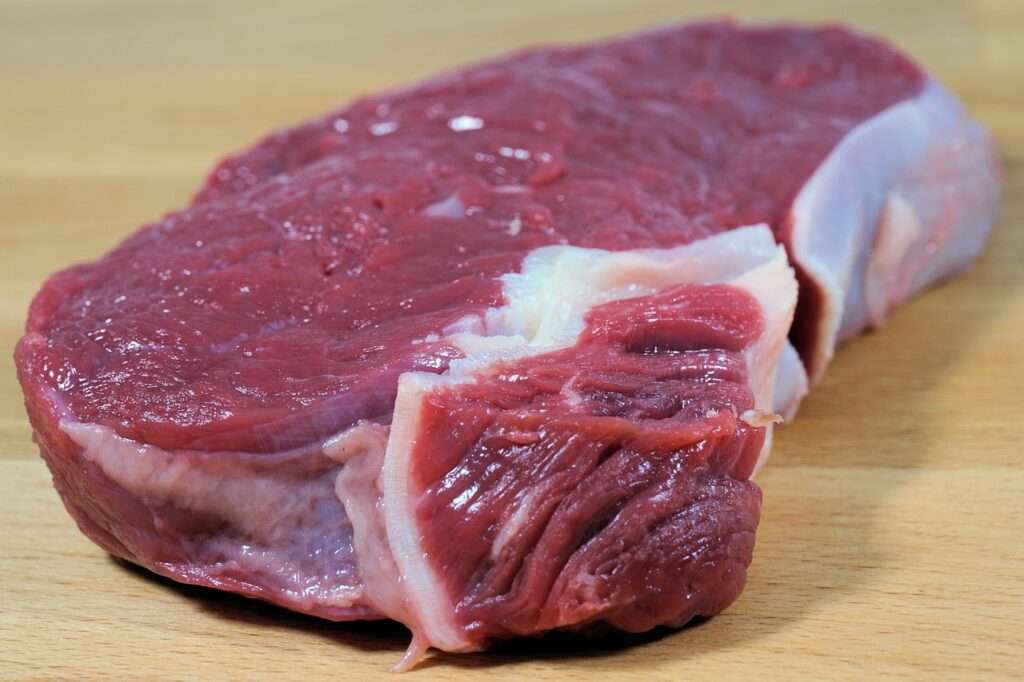Considering a raw food diet for your pet can be intriguing, but is it the best and safest option? Let’s explore what a raw food diet entails for cats and dogs, and how to prepare it properly to ensure your pet gets the best nutrition.

Understanding the Raw Food Diet
A raw food diet consists of fresh, untreated, uncooked foods typically including a mix of meat, fruits, and vegetables. This diet mimics what our pets’ wild ancestors consumed, encompassing:
- Raw muscle meat, sometimes with bones
- Whole or ground bones
- Organ meats like liver and kidneys
- Raw eggs
- Small portions of vegetables and fruits
While these components seem ideal, modern pets have different nutritional needs and lifestyles than their wild counterparts. Therefore, a raw food diet must be carefully balanced and monitored to meet your pet’s specific dietary requirements.
Advantages and Disadvantages of Raw Food Diets
Benefits:
- Improved Health: Advocates of raw food diets report improvements in skin, coat, dental health, and energy levels.
- Smaller, Less Odorous Stools: Better digestion of raw foods results in smaller, less smelly stools.
- Transparency: You know exactly what your pet is consuming, eliminating fillers and artificial additives.
Drawbacks:
- Bacterial Risks: Raw meat can harbor harmful bacteria, posing risks to both pets and humans handling the food.
- Nutritional Imbalances: Without careful planning, raw diets can lead to nutritional deficiencies, causing health issues.
- Bone Hazards: Whole bones can cause injuries such as broken teeth, internal damage, choking, and constipation.
- Higher Costs and Preparation Time: Raw diets can be more expensive and time-consuming to prepare and store.
Is Raw Food Suitable for Your Pet?
Raw food diets are often used for racing dogs and pets with severe dietary allergies or nutritional issues. Factors like your pet’s age, activity level, breed, and overall health are crucial in determining if this diet is appropriate. Consultation with a veterinarian is essential before making any dietary changes, including transitioning to a raw food diet.

Implementing a Raw Food Diet
If you decide that a raw food diet is right for your pet, there are several ways to go about it:
- DIY Preparation: Some pet owners prefer to prepare the diet themselves using grocery store ingredients or sourcing directly from hunters, butchers, or farms.
- Commercial Raw Food: Available in refrigerated, frozen, or freeze-dried forms, these can be fed directly or mixed with additional ingredients like grains or vegetables.
Important Tips for Preparation:
- Maintain cleanliness with hands, utensils, work surfaces, and storage containers to prevent bacterial contamination.
- Ensure the diet is well-balanced and adjusted as your pet’s needs change.
- Offer a varied diet to cover all nutritional bases, supplementing with vitamins if necessary.
Monitoring Your Pet’s Health
Keep a close eye on your pet’s health during the transition. Mild digestive issues are common, but persistent problems like diarrhea, vomiting, or refusal to eat warrant a visit to the vet.
